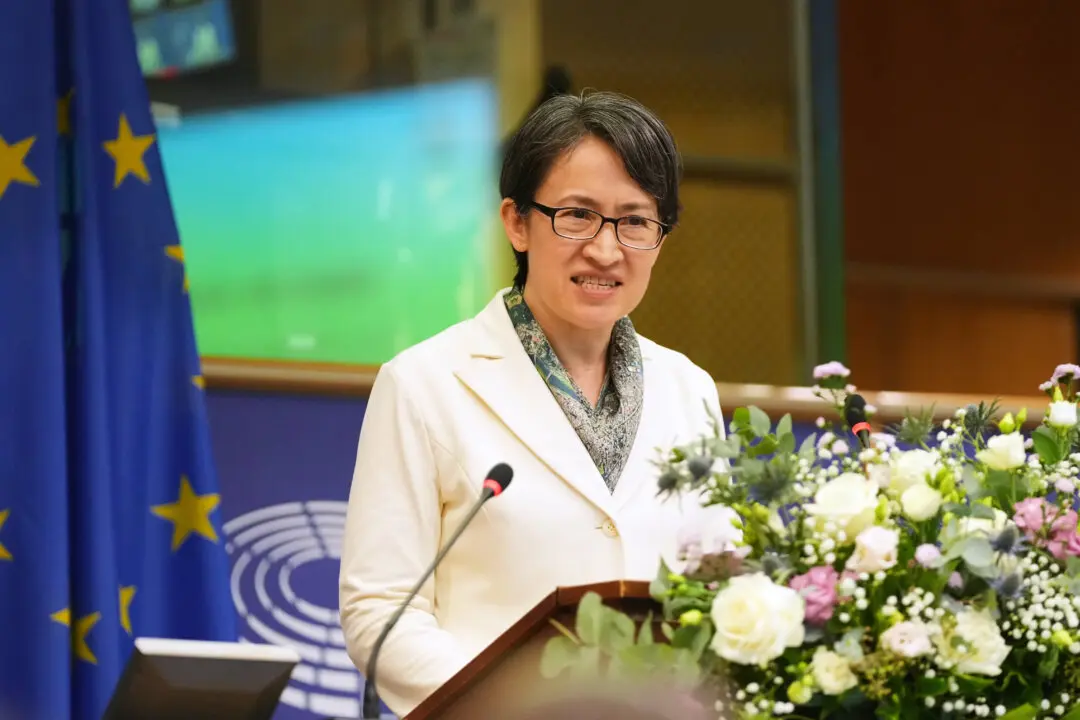The outbreak of Wuhan coronavirus is far bigger than the official figures released by Chinese public health authorities who cover up the severity by limiting the number of diagnosis kits to Wuhan hospitals, according to an insider and an independent journalist.
The insider and the independent journalist both say that diagnosis kits are only provided to certain “qualifying hospitals” and in very limited quantities. Medical personnel at these hospitals have said that the number of kits they are supplied is less than 10 percent of what they need to test patients.





